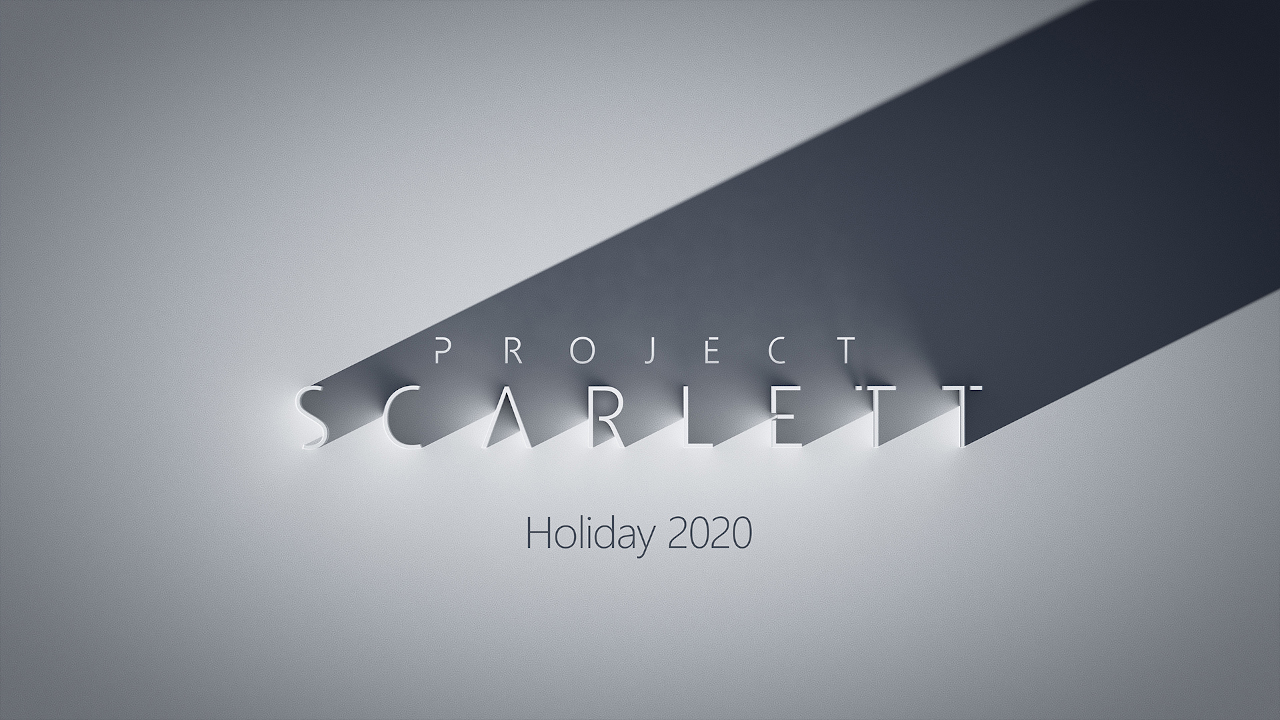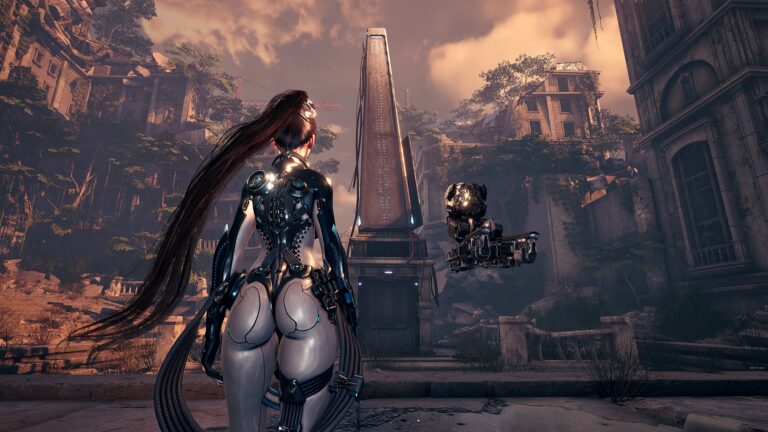Microsoft has been teasing and hyping up Project Scarlett since E3 2019. It was only a matter of time before the company behind Xbox announced the next big system that seeks to dominate the technological power market in the video game industry. However, with every new console generation, there are always pitfalls the systems run into that either inconvenience users, or render the devices inoperable altogether, such as the Xbox 360’s Red Ring of Death.
https://www.youtube.com/watch?v=IvTUZ40TpoY
The Xbox One has had several issues throughout its three iterations, some of which were minor software glitches that patches remedied while others were complete hardware failures. If Microsoft wants Project Scarlett to succeed while simultaneously being the most powerful console ever built, the company will have to ensure the system avoids most, if not all, of the Xbox One’s pitfalls.
Kinect
Starting off easy, the original Xbox One launched alongside its own Kinect accessory. While the Kinect was a coveted feature on the Xbox 360, its novelty had worn off by the time the Xbox One made its debut in 2013. Users loathed the lack of a choice when purchasing an Xbox One in terms of not being able to opt out of acquiring the Kinect along with the console.
Consumers felt forced into paying a higher price solely because the Kinect was a native feature with the system. Naturally, the motion device also served as one of Microsoft’s primary justifications for the first Xbox One’s high price point.
Even though Microsoft appears to have learned from this shortsighted decision through their releases of the Xbox One S and X, the company should avoid backtracking and making a similar mistake with Project Scarlett.
Controller Connection Issues
While Xbox One controllers function rather well, they do have their fair share of issues, particularly surrounding their connection signal with the console. One of the primary flaws of the Xbox One wireless controller has been its susceptibility to losing its connection with the Xbox One, rendering the accessory inoperable until it resyncs.
Sometimes, simple troubleshooting—hard restart of the Xbox One, replacing controller batteries, checking for controller firmware updates, pairing the controller with the Xbox again, et cetera—resolves the issue. However, troubleshooting doesn’t always fix the issue, and the controller must be replaced.
Unfortunately, the standard warranty on an Xbox One controller is only 90 days for a standard controller or 120 days for Xbox Design Lab controllers. Thus, if troubleshooting does not fix the problem and the controller is out-of-warranty, users have to purchase a new (or used) controller either online or at a local retailer.
The small issues are often the most annoying, but a rebellious controller ruins any console gamer’s experience. So, if Project Scarlett is going to succeed, its accessories need to have stronger wireless functionalities when the problems that arise are not a result of user error (such as physical objects blocking the signal between the controller and the Xbox).
Ventilation
Overheating issues weren’t a major factor for the Xbox One S, as the console had holes along the sides, back, and top to help circulate air through the system. With the Xbox One X, however, Microsoft took a step backwards and closed the holes on the top of the system, leaving only the sides and back as exposure points for ventilation.
One of the largest complaints regarding the Xbox One X, especially the console’s Scorpio Edition, has to do with the console shutting itself off due to overheating. The Xbox One S was not immune from this occurrence, but it didn’t happen as frequently. The One X, while it is technically the most powerful console in the world, doesn’t have enough countermeasures for the heat generated for all that power.
The enhanced games users play on the One X push the console to its limits and beyond, triggering the device’s self-preservation system and shutting it down. Moreover, the thermal paste used on the console’s CPU isn’t very effective, often turning cakey and no longer serving its purpose.
A gamer’s worst nightmare is their expensive console (or PC) consistently shutting itself off due to a subpar cooling system. Every time this happens, gamers panic, hoping that either the occurrence is a fluke or that their console’s warranty is still valid. Otherwise, there will be an expensive repair cost or the need to replace their Xbox completely, which is often more expensive than getting it repaired, though, repairs don’t always succeed in fixing the problem.
Superior cooling methods are going to be a “game changer” in helping Project Scarlett succeed and edge out both its predecessors and the competition. Even though Microsoft makes a little bit of money off repair costs, brand loyalty will be far stronger if the company’s systems need to be repaired or replaced less often.
Size Matters
Another example of a drawback Microsoft has already taken steps to correct is the sheer size of the original Xbox One. This behemoth of a gaming console could have housed a couple baby birds inside it and it would have still had room for its hardware components (probably not sanitary or safe for the birds, though). Not to mention the massive brick that was the system’s power supply that often got sweltering hot after extensive use.
The first Xbox One took up a lot of space, usually necessitating its own shelf in a well-ventilated entertainment system, inconveniencing users who likely had several other media devices.
Fortunately, Microsoft has already taken steps to reduce the size of their consoles, with the Xbox One S being substantially smaller than its predecessor and the Xbox One X being just a little bit smaller than the One S. While not all consoles can be the size of the Nintendo Switch—especially when they tote the kind of power the Xbox One X and PlayStation 4 Pro possess—they can at least try to be smaller than the Starship Enterprise.
Software Bugs
It’s nearly impossible to release an operating system without at least a couple bugs rearing their pesky little heads and irritating users. In 2018, there was a particularly inconvenient glitch in the Xbox One’s operating system that caused the console’s (Xbox One, One S, and One X) Wi-Fi adapter to malfunction and not detect any Wi-Fi signals.
Even if gamers used the same Wi-Fi all the time, to the point that the console should automatically connect to the Internet, the glitch would interfere with the Xbox’s ability to connect to the Internet and Xbox Live. There were two options for fixing this issue: 1) Hard resetting the console (this is not a factory reset), or 2) Switching the console to Energy Saving Mode so that it shuts all the way off and clears the system cache every time it powers down.
Eventually, Microsoft’s Xbox Live team rolled out an update that resolved the issue altogether (save for the random startup glitch here and there that all forms of technology experience). Regardless, Microsoft needs to buckle down and work out as many of Project Scarlett’s kinks as they can before the system is released. Some bugs are inevitable, but the smoother Microsoft can make their new powerful console’s launch go, the better for the future of their gaming division.
No related posts.







Have far better 2nd and 3rd party support for the first 3 years of the console. Uh oh, they are never going to have the kind of support they had at the start of this gen ever again though lol.